I switched to iPhone after over a decade on Android — this is what happened
I used Android exclusively for years, so coming to iOS was quite the experience
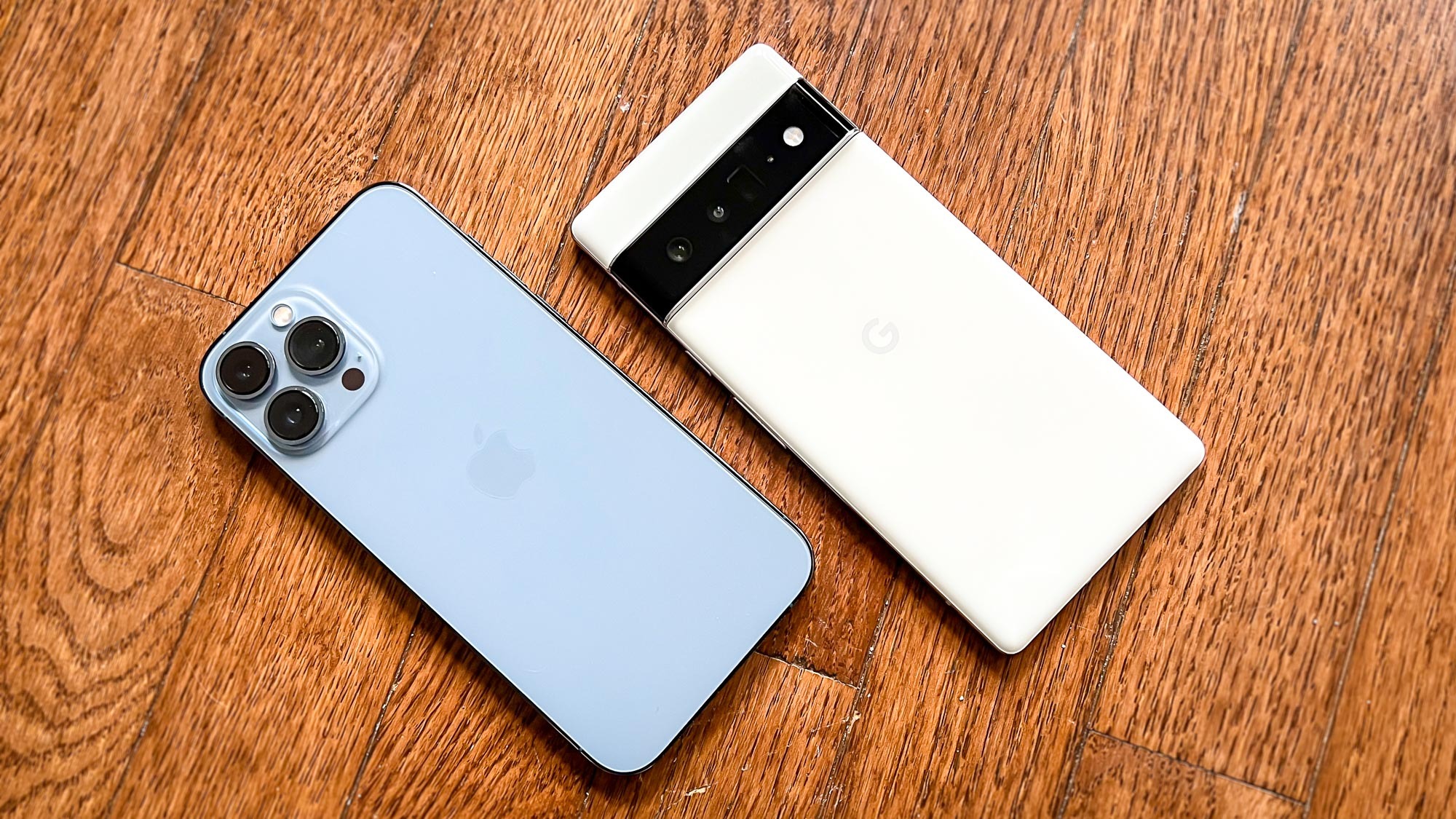
Android vs. iOS, a tale for the ages. These two mobile operating systems dominate the smartphone market, pushing out all other contenders in their bid for control. Where Android is more open, in that anyone can use it with some caveats, iOS is a so-called “walled garden” controlled by Apple.
When both the smartphone industry and I were younger, I was in the Android tribe. I hated anything to do with Apple and its strict control over iOS. I rooted my Android devices and flashed custom ROMs and kernels. I thought I was in an elite group.
- The best phones right now
- Best phone battery life: The longest lasting phones
- Plus: Starlink review - how good is Elon Musk's satellite internet?
It wasn’t until I matured that I saw the benefits of Apple’s ecosystem. I don’t find macOS particularly well-suited to my computing needs, but I respect the integration between it and iOS. I love smartwatches, but no Android option comes close to what the Apple Watch offers. And let’s not forget about how long Apple supports its devices, especially when compared to Android updates. There’s a lot to be said for that.
Curiosity got the better of me once iOS 14 came out last year, so I saved up some money and bought a used iPhone 8. I replaced the battery at a nearby Apple Store and went along my merry way. Suffice to say, it was a strange and interesting experience seeing what the "other side” was like.
Switching to iPhone: What I liked
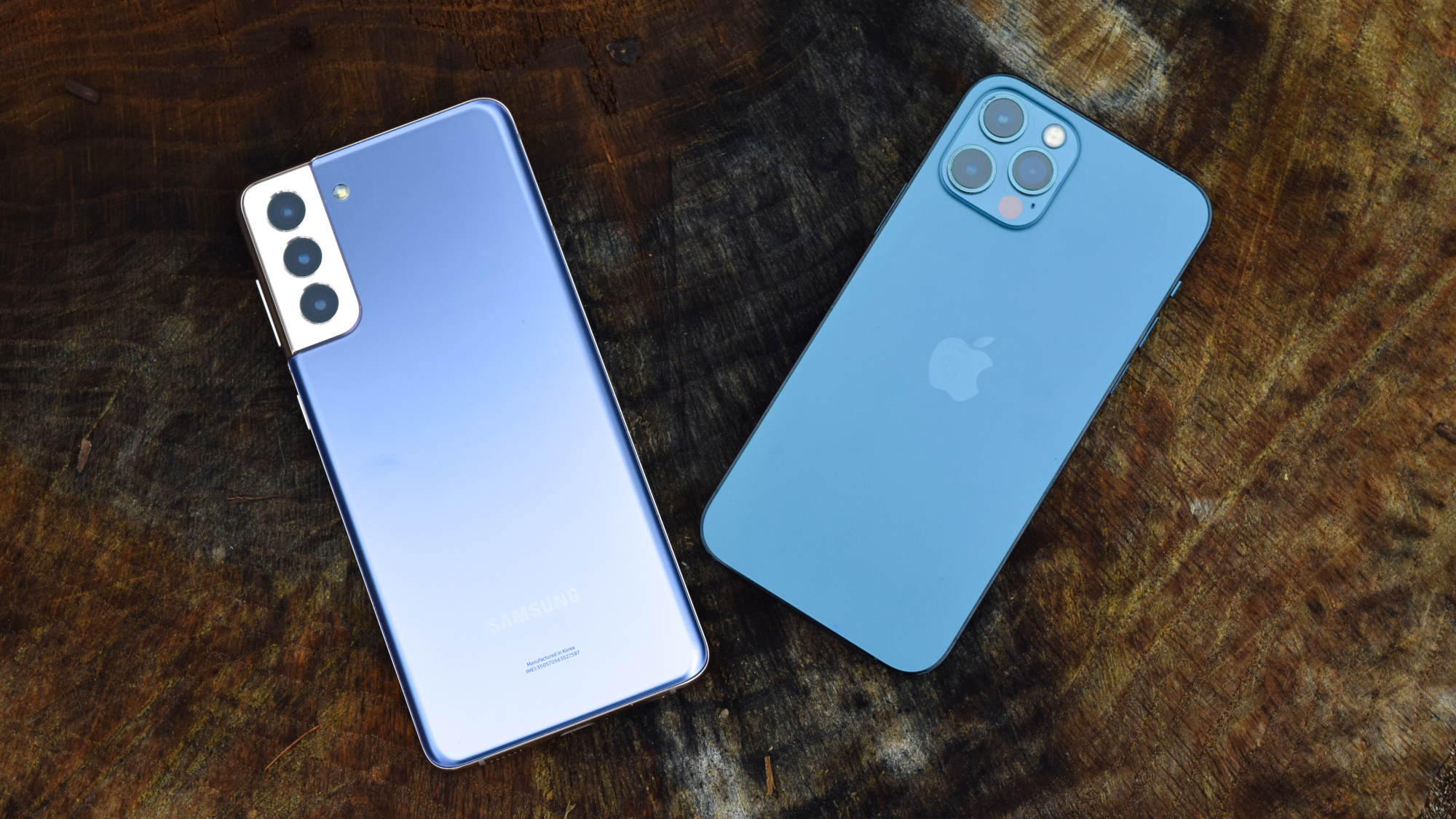
Since getting my iPhone 8, I started here at Tom’s Guide and got a chance to use both an iPhone 12 and iPhone 12 Pro. All three iPhones that I have are beautifully-built, wonderfully-engineered devices. The iPhone 8 is sleek and feels paper thin. The iPhone 12 and 12 Pro have those sharp edges and a heft to them, making for solid pieces of metal and glass. The displays on the newer phones are awesome and hold up quite well next to the Galaxy S21 and Galaxy S21 Plus that I've also used.
In other words, Apple makes some fine phones. That doesn’t mean that you can’t find something equivalent in the Android ecosystem, but even Apple’s $399 iPhone SE, which uses the same body as the iPhone 8, feels nice.
Having spectacular hardware is fine and all, but while you can love the way your phone looks and feels, it’s the software that determines its usability. This has always been a sticking point for me — I liked Apple’s hardware, but iOS felt too cluttered to me. The lack of an app drawer, being stuck with Apple’s apps by default, and the lack of home screen widgets were all part of what I didn’t think I could stand. As I mentioned earlier, iOS 14 convinced me to reconsider, to see if I could actually live with iOS after using Android since the first Android phone, the HTC G1.
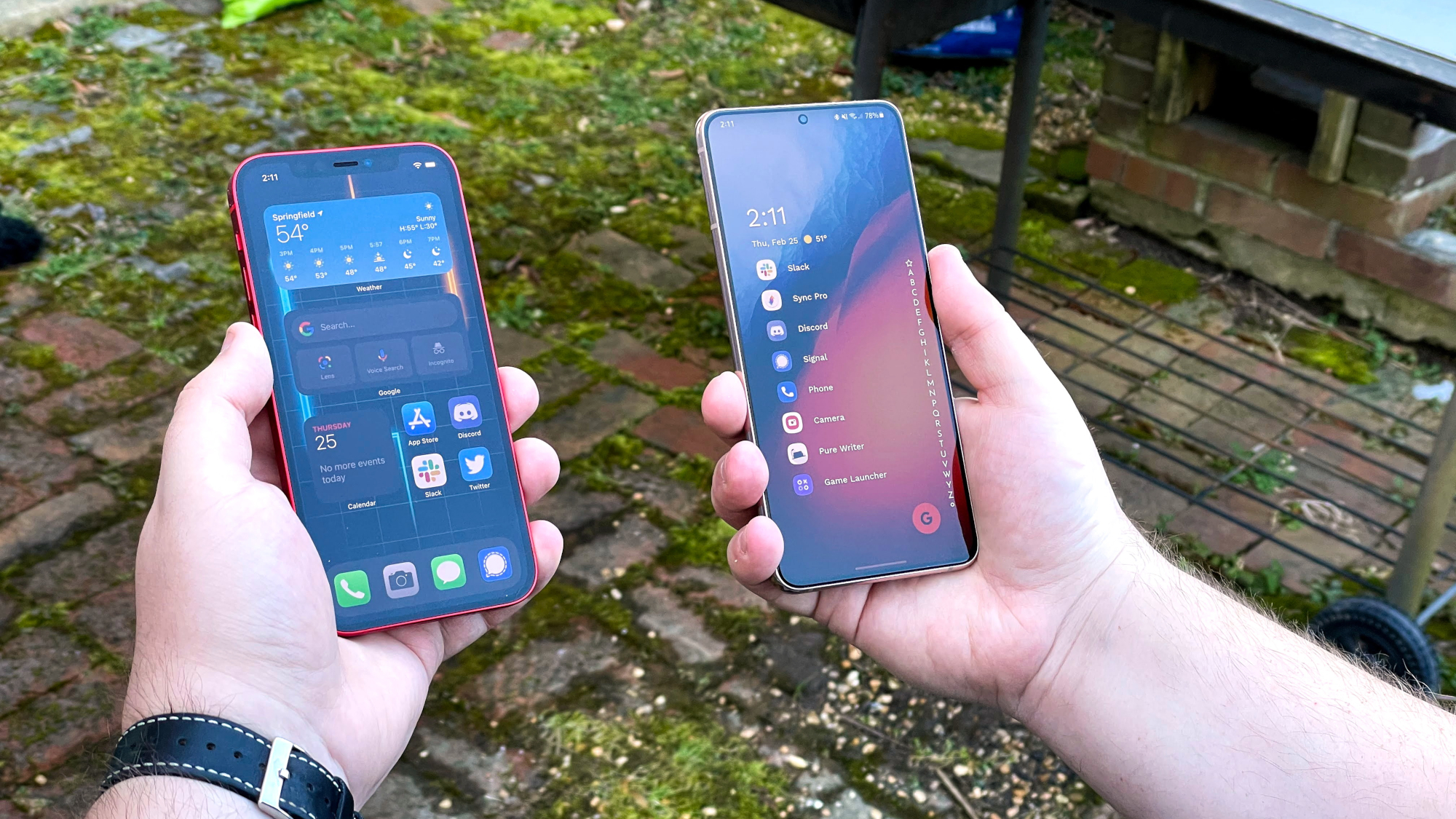
Using iOS for the first time, I had no idea what I was doing. I like to think that I can learn new technology pretty quickly, but even so, Apple does an excellent job with new user onboarding. From setting up TouchID to installing some apps, the process was seamless. Setting up a new Android phone for the very first time isn’t as easy by comparison. Granted, if you’re restoring the iPhone or Android device from a backup, they both feel pretty similar. But from a strictly new user perspective, iOS takes a step ahead.
Speaking of apps, the selection and quality available in the App Store handily beats the Play Store. Using the same apps on both my iPhone and Android phone — for example, DS File for my Synology NAS or my banking app — I was blown away by the differences. The ones on iOS looked beautiful and had a cohesive design language. Whereas with Android, you might find some apps that use Material Design, like most of Google’s suite, but different applications can feel disparate.
Also, sheer app performance on iOS feels better for the most part. Take my banking app, USAA. On Android, it’s clunky and slow with choppy animations and sluggish transitions, even on a Galaxy S21 Plus. On iOS, the app runs as smooth as butter. It not only looks nicer in subtle ways, but it feels like it works better than its Android counterpart. I’m using the latest and greatest when it comes to Android and some apps still slog, take forever to open, or hang when I tap their notifications. The latter complaint might be addressed with Android 12, but we’ll have to see how many app makers actually take advantage of it.
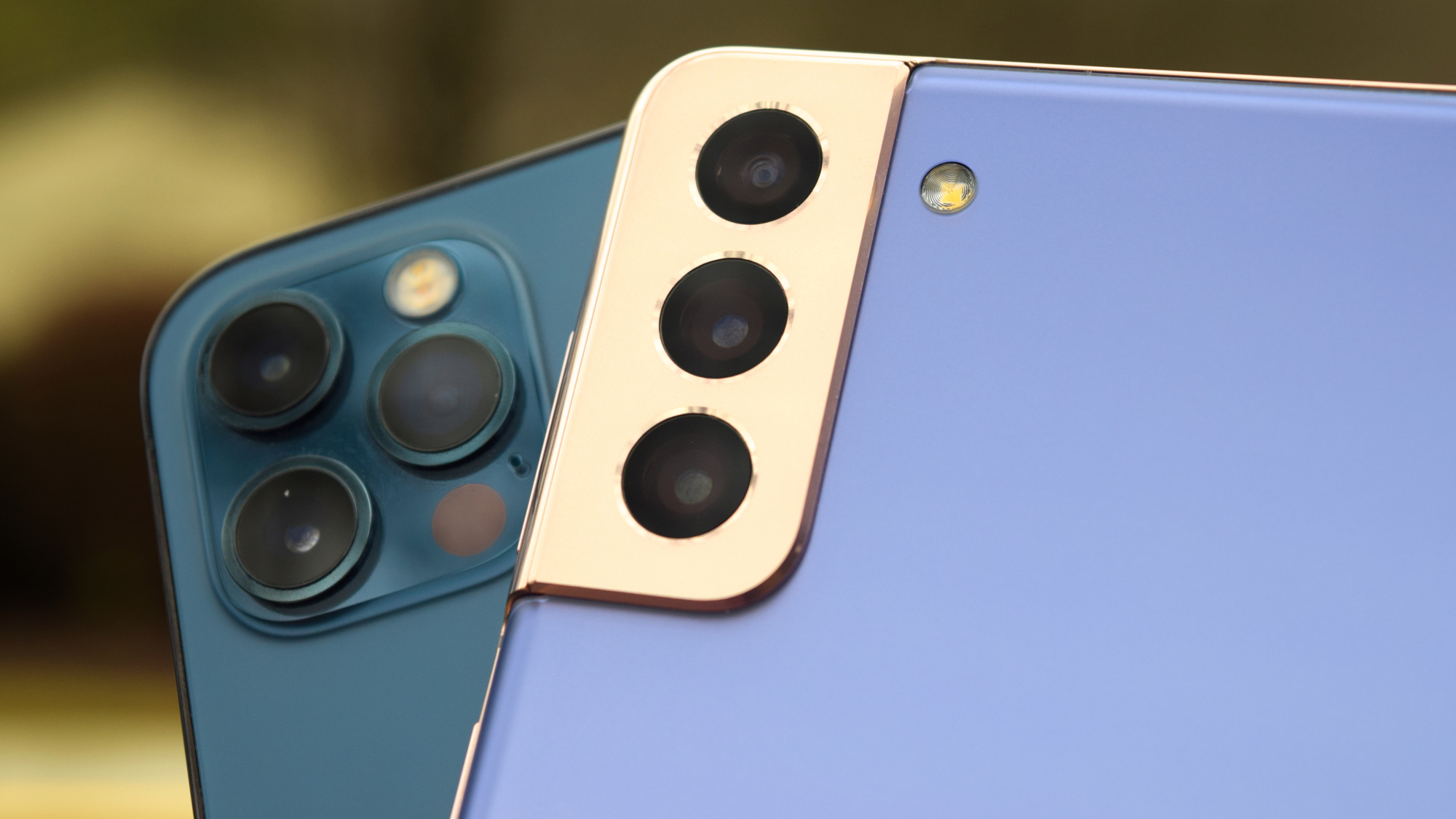
That leads me to what makes iOS work so well: its cohesive design. Everything feels like it belongs when you use iOS. Apps work in much the same way, gestures on the iPhone 12 and 12 Pro are integrated beautifully, and the OS itself seems to focus on working right out of the box. Certainly, iOS isn’t without fault, but I like the sense that my iPhone will work when I pick it up and slot in my SIM. Especially coming from mostly Nexus, OnePlus, and Pixel phones, I expect something on an Android device to be weird or go haywire.
While Android doesn’t lack for app availability or diversity, iOS simply has higher quality versions in my experience, in addition to apps that are unique to the App Store. This isn’t meant to detract from the incredible apps that you can download from the Play Store. I use several wonderful indie apps daily on my Android devices that I wish I could find on iOS (like Pure Writer, a markdown editor).
Switching to iPhone: What I didn’t like

You might think that I've become an iOS convert. Although I do enjoy using the iPhone 12 Pro (especially given how compact it is), I still primarily use Android. I have several reasons for this, even if I question myself every other day.
My choice to use Android comes down to notifications. Even outside of my job here at Tom’s Guide, I receive a lot of notifications in a day. One way I stay on top of them is by doing triage in the notification shade — deleting emails, replying inline to Signal or Discord messages, and so on. I also like Android 11’s notification grouping, making it easier for me to see what’s important. And, of course, we can’t forget about Clear All to get rid of anything remaining.
In contrast, I have a much harder time doing the same things in iOS. It took me a bit to figure out long pressing on a notification to get a menu, but the process feels clunkier and less efficient than doing it on Android. How iOS groups notifications still baffles me, too.
Although Apple lets you set a third-party keyboard in iOS, the process doesn’t always work right. I prefer Gboard, but iOS will go back to its default keyboard when entering passwords or at random times. It doesn’t help that the large keyboard switching icon in the bottom left corner is very easily pressed, either.
Apple is loosening its grip on iOS slowly but surely. I replaced Safari with Chrome as my default browser and set ProtonMail as my default email client, but I’m still stuck with using Signal separately from the default SMS app. On Android, all of my chats, including texts, are in the same app and easier to manage. But if I’m using an iPhone and a Signal contact can only send me an SMS, I receive the chat outside of Signal. It’s a nitpicky thing, but something I notice often.
Switching to iPhone: Outlook
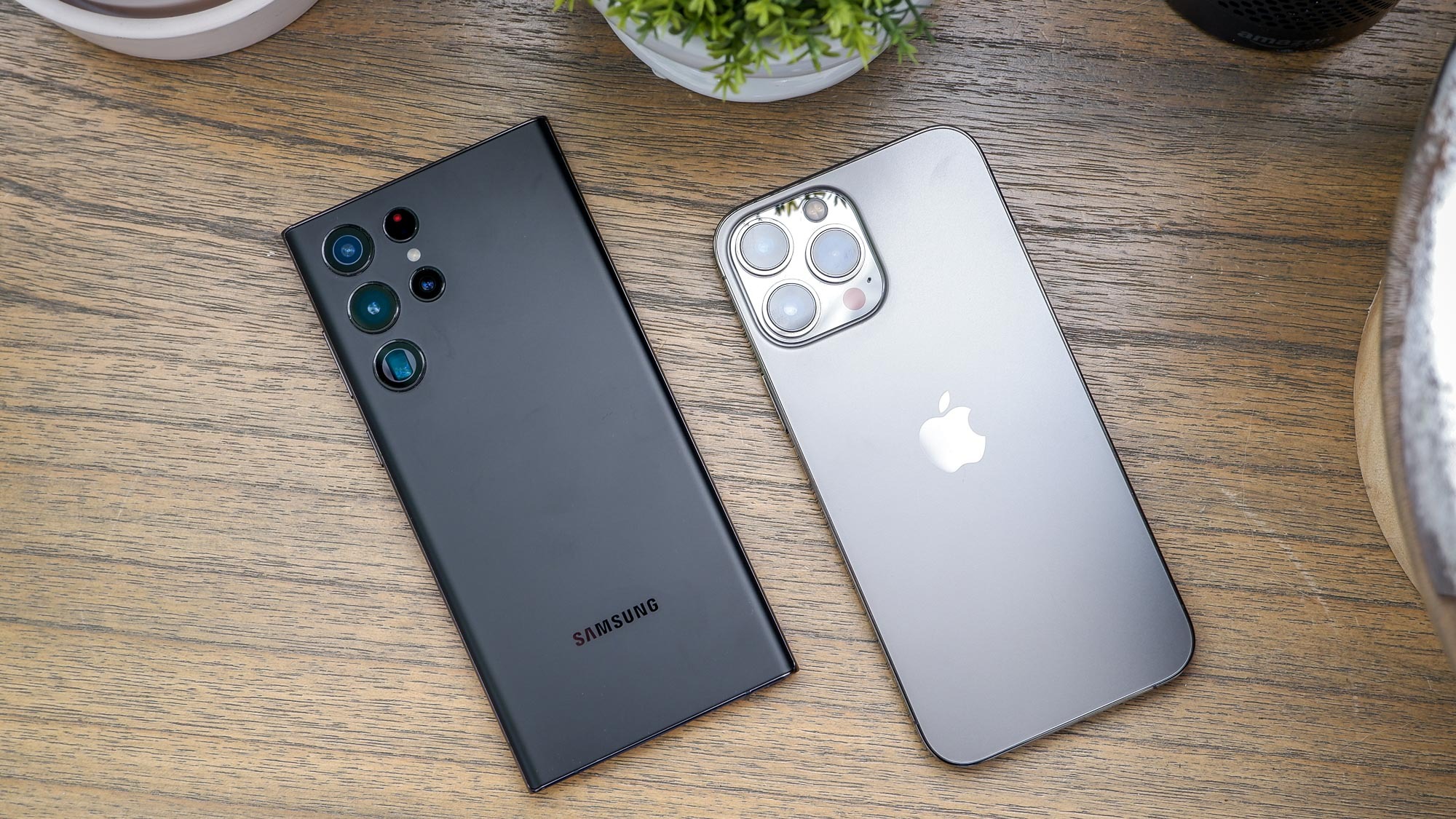
Change is hard to accept sometimes and it’s not easy going outside of your comfort zone. That’s how I feel about the Android vs. iOS debate. Android is what I’m familiar and comfortable with, but Google's software isn't perfect. Even on the high-performing phones, Android can have hiccups, stutters, and delays because of app inconsistency and memory mismanagement. Unless you’re on a Pixel, updates can also be a bit of a mess, even if some of the OEMs are getting better at rolling out timely updates.
Right now, I consider myself platform-agnostic. Android does certain things better, whereas iOS has its own strengths. It is nice, however, that no matter what iPhone I pick up, the handset will work like the others for the most part, with a consistent user experience. I have yet to see a hiccup, stutter, or delay when opening and using apps on iOS. In all honesty, part of me likes using the iPhone 12 Pro more than the Galaxy S21 Plus that’s my current daily driver — you can read my full Galaxy S21 Plus vs. iPhone 12 Pro breakdown for why that is.
As it stands, I switch between Android and iOS frequently, though the more I use the iPhone 12 Pro, the more I’m convinced to make it my main phone. Android and I go way back, and it’s in a great spot right now, but I need to let go of useless loyalties and nostalgia to make sure I’m using the best device for me.
- More: Galaxy S21 vs. iPhone 12
Sign up to get the BEST of Tom's Guide direct to your inbox.
Get instant access to breaking news, the hottest reviews, great deals and helpful tips.

Jordan is the Phones Editor for Tom's Guide, covering all things phone-related. He's written about phones for over six years and plans to continue for a long while to come. He loves nothing more than relaxing in his home with a book, game, or his latest personal writing project. Jordan likes finding new things to dive into, from books and games to new mechanical keyboard switches and fun keycap sets. Outside of work, you can find him poring over open-source software and his studies.
-
janoleolsen I'm using both iPhone and Android. And I prefer android for two reasons: 1)less locked. I can sideload APK easily when some political reason bans me from installing an app from my location. And I can transfer any file to and from my phone, like a usb stick. Music, movies, pictures, zip files, work documents. iPhone allows only freely to copy camera roll out of the phone, not allowing anything inbound in this easy way.Reply
2) you get to select any price class for different needs. From Poco phone to Samsung Ultra. Not everyone needs a phone above $200...huge choice of models. So you can save money or enjoy features like 65w fast charging, 5000mAh, 100x zoom and 120Hz.
Apple seems to be best for those that don't care about technical features, enjoy less choices and have an abundant budget. iPhone does cover the need for most people very well.
